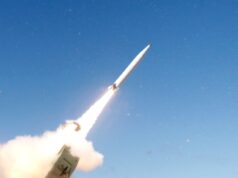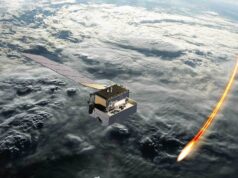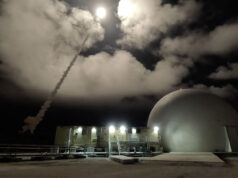Raytheon say they will produce and deliver SM-3 Block IB interceptors under a $2.1 billion, multi-year U.S. Missile Defense Agency contract.
It is the first multi-year contract for the SM-3 programme, and covers 2019–2023.
SM-3 is the only ballistic missile interceptor that can be launched on land and at sea, say the firm.
“This procurement deal is a win-win for government and industry,” said Dr. Mitch Stevison, Raytheon Strategic and Naval Systems vice president.
“Efficiencies gained from this contract will allow us to reduce costs, continue to improve the SM-3 and deliver an important capability to our military.”
The Block IB variant achieved full-rate production in 2017. The company has delivered more than 400 SM-3 rounds over the lifetime of the programme.
According to Missile Threat:
“The Standard Missile-3 (SM-3) is an exo-atmospheric missile defense interceptor used for theater ballistic missile defense. Part of the the Aegis Weapon System, it uses a hit-to-kill kinetic kill vehicle to intercept ballistic missiles during the midcourse of their flight path.”










So what’s the difference between SM-3 and SM-6?
Well SM6 operates inside the atmosphere using proximity detonation, unlike this one. Though Hit to Kill is where most missile design is heading. I believe there is also a difference in the design of re-entry vehicles (as opposed to the warhead). Extremely hjgh speed re-entry needs ablative vehicle coating i.e. soft ceramic tiles, so the difficulty of degrading the trajectory varies compared with more resistant vehicles. As you can judge I’m no expert, but these issues do effect interceptor design.